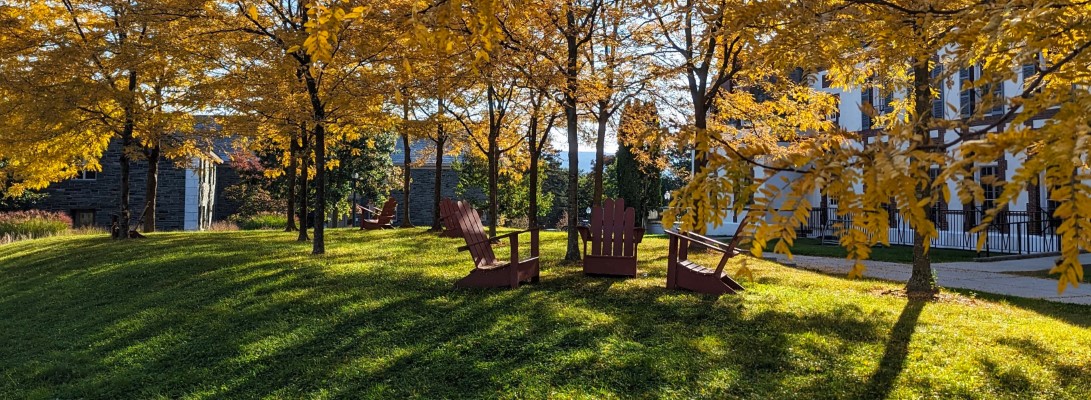How do we decide when to remove a tree?
It’s the hardest part of our job here in the landscape department, deciding when to give up on one of our trees, and schedule its removal. Some of our oldest trees on campus have their life span measured not in years, but in centuries, so removing one of our noble specimens is very difficult. Even taking down a little young tree makes us sad. We obviously can’t remove a tree just because it doesn’t look quite right, or is in an inconvenient location-our bar is set higher than that. We look at tree risk, the factors that make a tree hazardous.
Students in my Winter Term class learned a simple definition of a hazard tree. A tree is a hazard if it has something to fall on. A tree needs a target to make this dubious list. Sadly, this isn’t much of a guide for us on campus. As you’ve probably noticed, we’re a target rich environment-between buildings, other trees, sidewalks, roads, power transmission lines, sculptures, squirrels, bike racks, students, staff, parked cars, professors, and light poles, we’ve got our share. We certainly prioritize them, and may speed removal of certain hazards quicker than others, but we assume that all trees on campus need to be watched pretty closely.
This fall the landscape department made a special project out of looking for hazardous trees. We surveyed about 2/3 of our 2275 mapped trees, specifically looking for hazardous defects, such as a crack or a split, something that could potentially make the tree fail and injure someone or something. And while it is certainly true that if you start looking for problems you can find them, in our case we identified only 120 trees that met our definition of hazardous, less than 5% of our population.
Of these 120 trees or so, 60% are maples, with Sugar Maple itself making up 40% of the hazard trees, double their representation in the population, as maples make up about 30% of our total. This is shocking, for a state whose tree is the Sugar maple, but not surprising, as Maples, Sugar in particular, are very intolerant to urban conditions, root compaction being one of the worst.
A hazardous tree comes in varying degrees. It’s like having a history of heart trouble in your family-being a hazardous tree is not a sentence of doom, just a cause for, well, not alarm, but extra vigilance. The majority of our hazardous trees will have risks mitigated by good care, such as corrective pruning, cabling, bracing, and simply close monitoring.
There are, of course, trees where even the best of solutions aren’t enough. Generally, these are trees arborists would call ‘over-mature’, or past their expected life span. While a tree in the woods can slowly fall apart and die without any thought to dignity, on campus we can’t wait for catastrophe to happen. Unfortunately, as would be expected, the majority of risk trees are in the older areas of campus, places where similar species and ages are planted together. A good example of this would be the east side of Voter Hall, where several large Silver Maples have serious problems, but make up the majority of the tree canopy.
So of our 120 hazard trees on campus, 6 are slated for removal this year. These trees contain flaws so egregious that no amount of fixing would make them safe, so it is time to let them go. As is our custom most years, we try to schedule large tree removals over Holiday break-chainsaw and chipper noise during finals isn’t conductive to study. I’ll post some pictures in the next couple of days to show the trees we are removing and why. I think you’ll find it interesting, and you all may want a chance to say goodbye.
